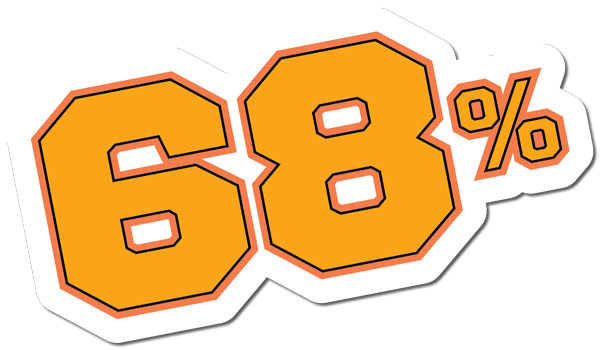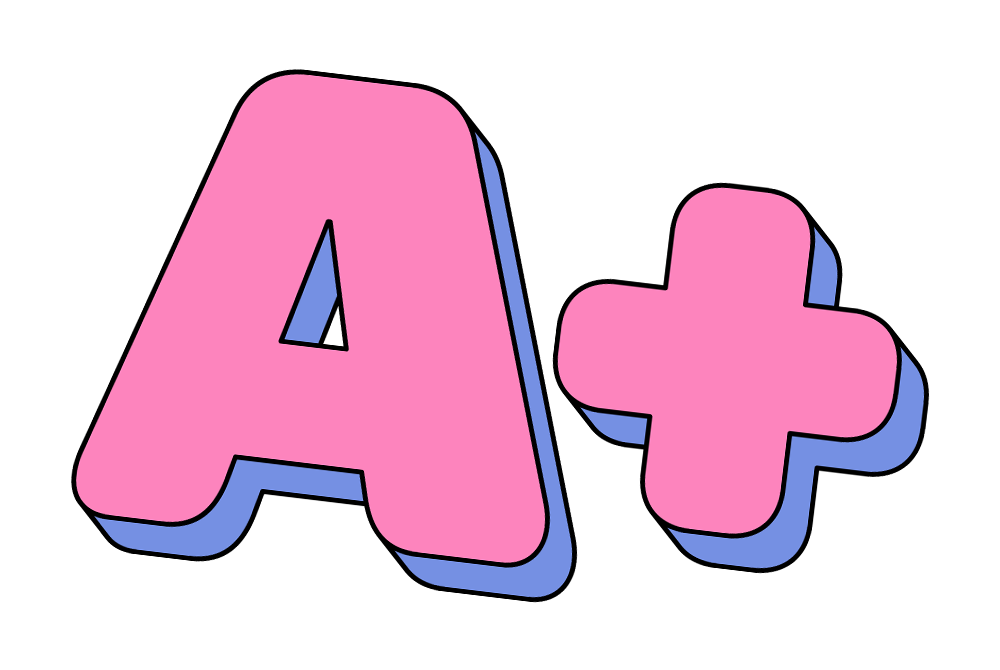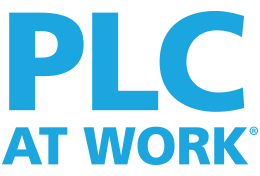In three years, eighth-grade math proficiency climbs 
Demographics
501 students / 55.3% free or reduced lunch / 12.1% English learners / 15.9% Special needs
64.5% White / 30.3% Hispanic or Latino / 3.4% Multiracial / 1% Black / 0.6% Asian /
0.2% Native Hawaiian or Pacific Islander
Lincoln Junior High's Challenge
Lincoln Junior High faced challenges with vision alignment, teacher collaboration, and consistent student learning. “I [felt like I] was moving in place; I was on my own and it didn’t work so well,” explained Principal Gault, who had previously tried to implement the Professional Learning Communities (PLC) at Work® model of school improvement independently. Staff needed a shared direction to ensure that students had equitable opportunities to learn, regardless of the teacher. The district’s leadership envisioned a unified purpose: to create a culture where adult learning directly impacted student outcomes. “The PLC process helped us align where we were headed and what we were about as a school,” Principal Gault noted.
Staff learning had stalled, and they struggled to keep up with the pace of change. Teachers often wanted step-by-step instructions instead of diving into collaborative, data-driven problem solving. The real challenge was shifting the culture toward continuous improvement, where learning and growth happen every day.
Implementation
|
Year 1: Learning By Doing book study, Chapter 4 |
|
Year 2: Learning By Doing book study, Chapters 2 and 3 |
|
Year 3: Taking Action book study |
|
Year 4: Targeted Tier 2 & Tier 3 support |
With Solution Tree’s help, Lincoln Junior High began a journey to build a culture where teachers could grow together. In year one, staff used the book Learning by Doing: A Handbook for Professional Learning Communities at Work®, Fourth Edition, by Richard DuFour, Rebecca DuFour, Robert Eaker, Thomas W. Many, Mike Mattos, and Anthony Muhammad, to set SMART goals and create instructional timelines. Teams learned to teach, assess, and adjust instruction collaboratively. “We weren’t great at it year one,” said Principal Gault, “but we were determined to continue the process. We learned from mistakes along the way and adjusted course as needed.” The focus wasn’t perfection—it was progress.
Year two focused on mission, vision, and quality assessments. Teachers answered the second critical question the PLC at Work process poses: “How will we know students are learning?” Formative assessments and instructional cycles became consistent. By year three, MTSS and “Storm Time” interventions targeted students based on state assessment data. Teachers began seeing real impact.
In year four, interventions became highly targeted—by standard, learning goal, and student—with Tier 3 support added for those with the greatest needs. “Storm Time” was scheduled four days a week, first thing in the morning, and students responded well, recognizing the sense of urgency and the staff’s commitment to helping them. Principal Gault reflected, “Not everyone learns in the same way and at the same pace,” but the team felt empowered knowing every student received the support they needed.
|
Year 1: Learning By Doing book study, Chapter 4 |
|
Year 2: Learning By Doing book study, Chapters 2 and 3 |
|
Year 3: Taking Action book study |
|
Year 4: Targeted Tier 2 & Tier 3 support |
The PLC process helped us align where we were headed and what we were about as a school.
Results
After three years of implementing the PLC process and targeted interventions, Lincoln Junior High has seen meaningful growth in student achievement. Teachers are collaborating effectively, instruction is more consistent, and students are receiving support tailored to their individual needs. These efforts led to significant growth in student proficiency over three years: seventh-grade math rose from 23% to 31% (48% increase), seventh-grade English language arts from 29% to 36% (24% increase), and eighth-grade math from 19% to 32% (68% increase). Percent proficient reflects students meeting or exceeding grade-level expectations.
In addition to measurable growth, the school has seen a culture shift. Teachers now report greater clarity and confidence in meeting students where they are. Tier 1 instruction has improved, collaborative teams analyze data regularly, and Tier 2 and 3 interventions ensure students receive the right support at the right time. Principal Gault highlighted the impact, noting, “100% of teachers are on collaborative teams, collaborating twice a week for 45 minutes. They determined what was important to teach, created their own assessments, asked their students better questions, and are having conversations about what proficiency looks like.”
The school celebrates growth by recognizing staff and students, with students making a “Red Storm Promise” to uphold the four core values of respect, responsibility, trustworthiness, and positivity, reinforcing a culture of high expectations and shared commitment.
STUDENT PROFICIENCY GROWTH, GRADES 7 AND 8*
* Indiana Department of Education. Lincoln Junior High School—Graduates Prepared to Succeed. Retrieved from https://indianagps.doe.in.gov/Summary/School/4231
Why PLC AT WORK®?
 Professional learning communities are schools that empower educators to work collaboratively in recurring cycles of collective inquiry and action research to achieve better results for the students they serve.
Professional learning communities are schools that empower educators to work collaboratively in recurring cycles of collective inquiry and action research to achieve better results for the students they serve.
Learn more about PLC at Work® Learn more on AllThingsPLC.info
Please note that all Evidence of Excellence stories, and the data and people therein, represent solely the timeframe in which Solution Tree actively worked with the school or district and the timeframe in which the school or district committed to implementing processes and practices set forth by Solution Tree. Building and district leaders and staff featured in Evidence of Excellence stories may have changed since the stories were published.



